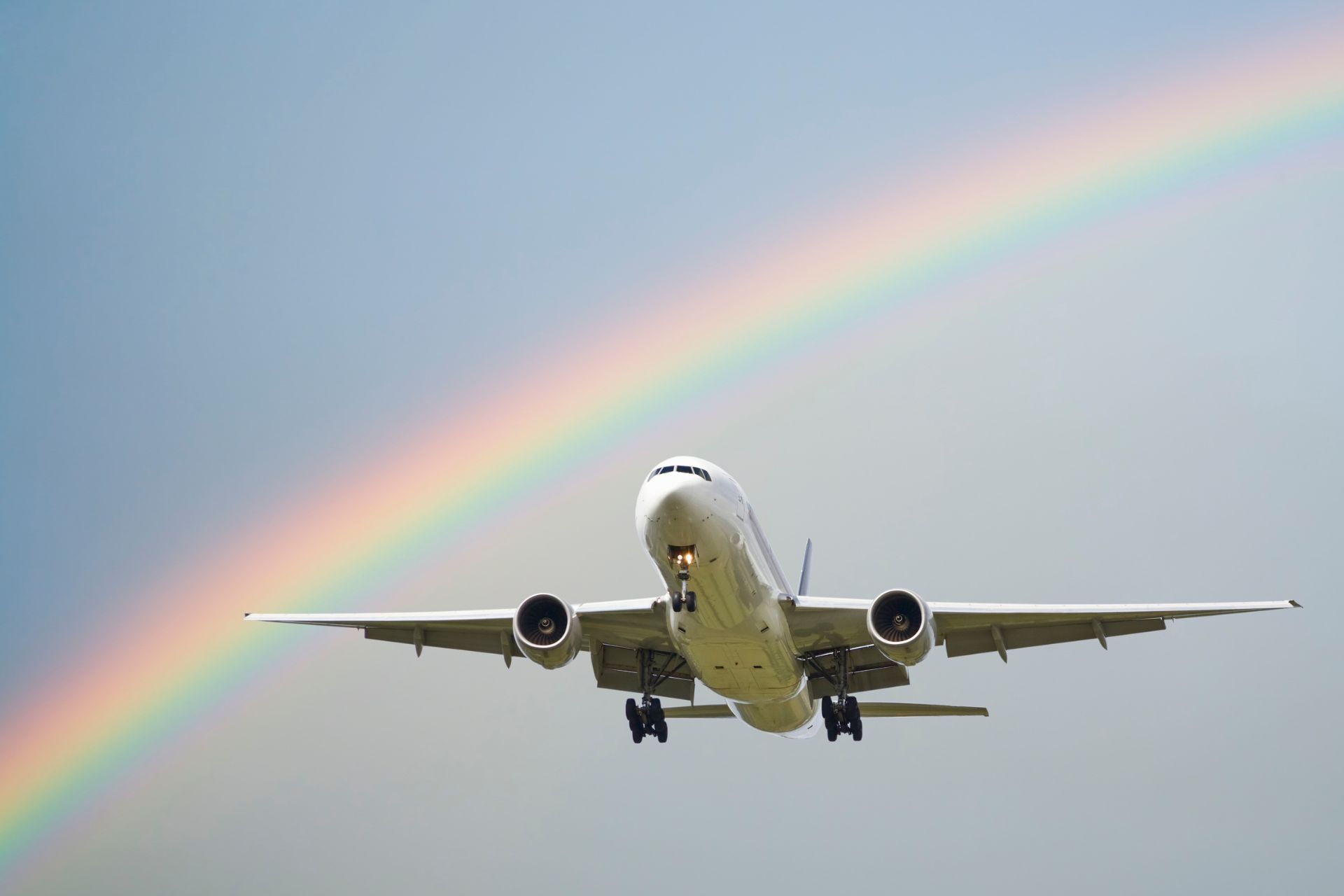Elevating Accessibility: The Path to Inclusive Airports

Traveling has always been an exhilarating experience, but it can also be daunting and stressful, even before arriving at the airport. The hustle of getting there on time, navigating the check-in process, passing through security, and finding your way to the gate can be overwhelming for many. However, for individuals with disabilities, these challenges are magnified by the numerous barriers they encounter throughout their journey. This firsthand experience highlights the urgent need for airports worldwide to prioritize accessibility and inclusivity.
The Global Demand for Accessibility
In an era where air travel is increasingly accessible, thanks in part to the rise of low-cost airlines, the demand for accessible airports has reached an all-time high. Globally, there are approximately one billion people with disabilities, making this the largest minority group on the planet. To put this number into perspective, consider that 75 million individuals rely on wheelchairs daily, which is twice the population of Canada. Furthermore, 253 million people are either blind or have some form of vision loss, equivalent to the population of Mexico. Another 466 million individuals are D/deaf or have hearing loss, a number equivalent to the European Union’s population.
As our societies age, the prevalence of disabling conditions increases, necessitating physical and environmental accommodations for air travel. To ensure equal access to the skies, airport operators must take proactive measures to incorporate meaningful accessibility into their design and operational processes.
...






